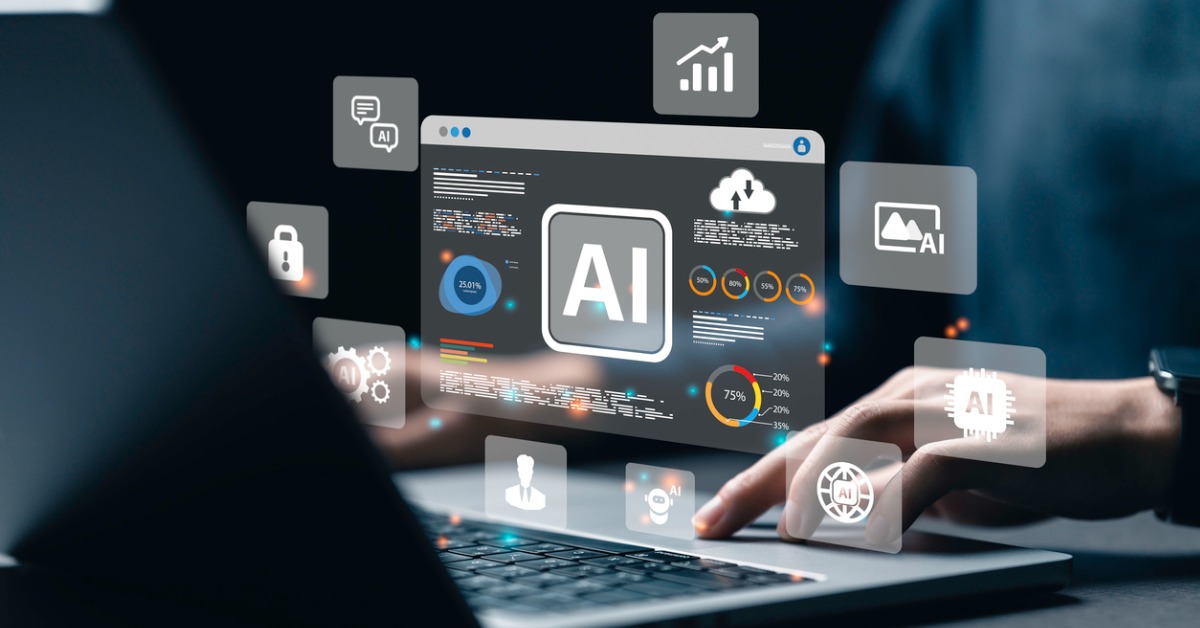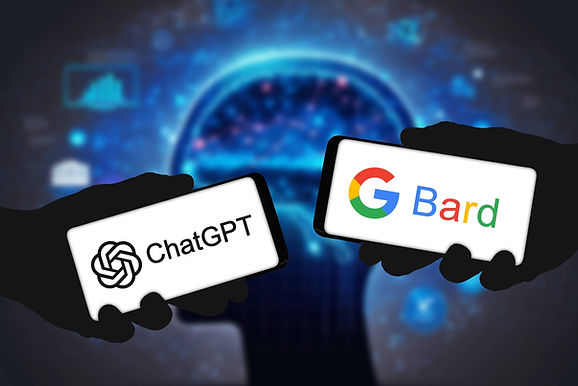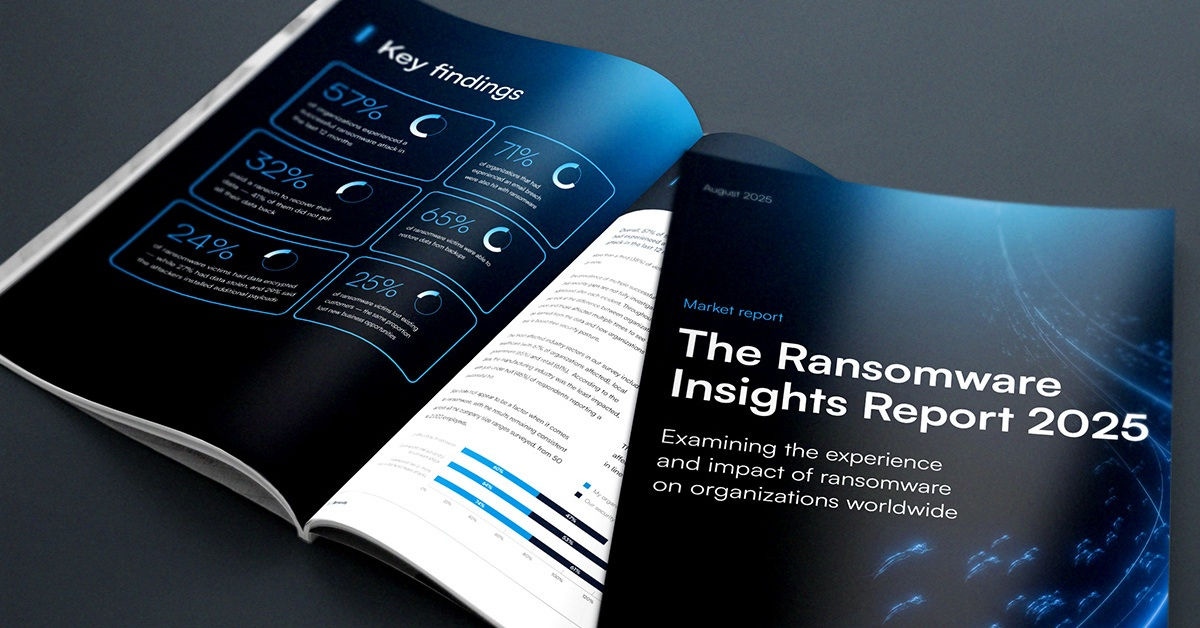
Decoding AI: A comprehensive guide to artificial intelligence terminology for 2023
Note: This was originally published on Adam's blog.
Introduction
In today’s world terms, like "Artificial Intelligence" and "Deep Learning" have become more than buzzwords. They have seamlessly integrated into our conversations. These terms represent a shift in how we interact with and benefit from technology influencing everything from our searches to our interactions with digital assistants.
While AI may sound complex due to its algorithms and technical language, this article aims to simplify it for you. Consider it a friendly guide that breaks down the jargon into pieces. Our goal is to demystify AI, making it relatable for anyone whether you're well-versed in technology, a business professional, or simply curious about the tech trends.
In this guide, we will explore AI concepts by providing clear definitions for each term. We will delve into the core principles driving these concepts while showcasing real-world examples of their applications. Additionally, we will highlight the advantages they offer both users and businesses alike. By the end of this guide, you will have gained an understanding of the AI landscape and its transformative potential.
1. Artificial Intelligence (AI):

Definition: AI is a field of computer science that focuses on developing systems for performing tasks that typically require intelligence.
Key Concepts: Automation, logical reasoning, representation of knowledge.
Examples: Siri, Alexa, and Google Assistant.
Benefits for Users: Simplified tasks, personalized experiences, and increased productivity.
Benefits for Enterprises: Automation, data-driven decision making, and enhanced customer engagement.
2. Generative AI:

Definition: A type of AI that focuses on generating new content, often based on patterns it has learned from existing data.
Core Ideas: Data generation, content creation, and synthetic data.
Example: OpenAI's MuseNet for music generation.
Benefits for Users: Access to unique and tailored content, enhanced creativity tools.
Benefits for Enterprises: Content generation for marketing, data augmentation for training models, and innovative design capabilities.
3. Large Language Models (LLMs):

Definition: Advanced machine learning models trained on vast amounts of text data to understand and generate human-like text based on the patterns they've learned.
Core Ideas: Natural language understanding, text generation, and contextual awareness.
Example: OpenAI's GPT-3 or Bard.
Benefits for Users: Human-like interactions, personalized responses, and access to vast knowledge.
Benefits for Enterprises: Efficient customer support, content creation, and data-driven insights.
4. Machine Learning (ML):

Definition: ML is a subset of AI where machines learn from data without programming.
Key Concepts: Prediction based on data analysis, algorithms, models.
Example: Netflix's recommendation system.
Benefits for Users: predictions, tailored content recommendations, and efficient services.
Benefits for Enterprises: data analysis insights, predictive maintenance capabilities, and effective customer segmentation.
5. Deep Learning:

Definition: Deep learning is a type of ML that uses networks with layers to analyze various factors within the data.
Key Concepts: Neural architectures, backpropagation algorithm, and hierarchical features representation.
Example: Google's DeepMind AlphaGo.
Benefits for Users: Improved accuracy in voice recognition and image-based applications
Benefits for Enterprises: Data analytics capabilities, enhanced user experiences, and innovative product features.
6. Neural Networks:

Definition: Algorithms designed to recognize patterns by interpreting data through layers.
Core Ideas: Neurons, activation functions, and learning rates.
Example: Handwriting recognition in note-taking apps.
Benefits for Users: Accurate predictions and intuitive user interfaces.
Benefits for Enterprises: Efficient data processing and pattern recognition.
7. Natural Language Processing (NLP):

Definition: Empowers machines to comprehend. Generate language.
Key Concepts: Tokenization, sentiment analysis, and linguistic structures.
Example: Azure Cognitive Services.
Benefits for Users: Interactions with platforms and language translation capabilities.
Benefits for Enterprises: Customer support and valuable insights from content.
8. Computer Vision:

Definition: Enables machines to understand data and take actions based on it.
Key Concepts: Image processing, object detection, and feature extraction.
Example: Apple's FaceID technology.
Benefits for Users: Engaging experiences and heightened security measures.
Benefits for Enterprises: Quality checks and innovative user interfaces.
9. Reinforcement Learning:

Definition: A type of machine learning where an agent learns by interacting with its environment and receiving feedback or rewards accordingly.
Key Concepts: Involved are agents, environments, and reward signals.
Example: Tesla's Full Self-Driving (FSD) system is a prime example. Tesla uses reinforcement learning techniques to train its FSD system. As the vehicle encounters various driving scenarios, it sends data back to Tesla, which is then used to improve the system's algorithms.
Benefits for Users: Increased safety, convenience, and the potential for fully autonomous driving without human intervention. The system continually learns and adapts to different driving conditions, making the driving experience smoother and more efficient.
Benefits for Enterprises: For Tesla, the FSD system is a significant selling point for their vehicles, potentially leading to increased sales. Additionally, as the technology matures, it could pave the way for new business models, such as autonomous ride-sharing services.
10. Robotics:

Definition: The creation and design of machines known as robots.
Core Ideas: Automation, feedback from sensors, and the ability to learn and adapt.
Example: An example of a robot is the Boston Dynamics Atlas robot.
Benefits for Users: Robots can automate tasks. Perform specialized tasks with precision benefiting users.
Benefits for Enterprises: The use of robots increases productivity. Improves efficiency in businesses.
11. Generative Adversarial Networks (GANs):

Definition: A class of machine learning where two networks, the generator and discriminator are trained simultaneously.
Core Ideas: These networks involve models, discriminative models, and adversarial training techniques.
Example: NVIDIAs StyleGAN is used for generating faces in computer graphics.
Benefits for Users: GANs enable graphics capabilities and personalized content experiences for users.
Benefits for Enterprises: GANs facilitate data generation processes and innovative design possibilities.
12. Algorithm:

Definition: A set of rules or processes followed by a computer to solve problems or carry out calculations systematically.
Core Ideas: The key aspects include step-by-step procedures, efficiency in computation, and optimization methods.
Example: A recognized example is Google's search algorithm that provides results based on user queries.
Benefits for Users: Algorithms deliver precise results that benefit users in applications.
Benefits for Enterprises: Efficient operations are enabled through approaches leading to data-driven decision-making.
13. Data Mining:

Definition: Data mining is the process of uncovering patterns and knowledge from amounts of data.
Key Concepts: Association, clustering, and anomaly detection.
Example: A great instance of data mining is seen in Amazon's product recommendation system.
Benefits for Users: Users can enjoy personalized recommendations that enhance their experience.
Benefits for Enterprises: Data mining enables businesses to make decisions and discover hidden patterns.
14. Cognitive Computing:

Definition: Cognitive computing refers to systems that imitate cognitive functions such as learning and problem-solving.
Key Concepts: Adaptive learning, pattern recognition, and natural language processing are at the core of computing.
Example: IBM Watson serves as an example of computing technology in action.
Benefits for Users: Cognitive computing offers tailored experiences and intuitive interactions for users' convenience.
Benefits for Enterprises: It empowers enterprises with decision-making capabilities and improved customer relations.
15. Chatbots:

Definition: Chatbots are software applications designed to simulate conversation.
Key Concepts: Text processing, intent recognition, and conversational flow form the foundation of chatbot technology.
Example: The Jasper chatbot is widely recognized for its abilities.
Benefits for Users: Chatbots provide responses and round-the-clock support to users' queries or concerns.
Benefits for Enterprises: Implementing chatbots brings cost savings, scalability and boosts customer satisfaction.
16. Turing Test:

Definition: The Turing Test assesses a machine's ability
to exhibit intelligence from that of a being.
Key Concepts: The key aspects evaluated include indistinguishability, conversational behavior, and assessment by a human evaluator
Example: One notable example is the Loebner Prize competition that tests a machine's capability to pass this test
Benefits for Users: One significant benefit of passing the Turing Test is instilling trust, in AI systems.
Benefits for Enterprises: A yardstick for the advancement of intelligence.
17. Supervised Learning:

Definition: Machine learning where the model is trained using labeled data.
Key Concepts: Input-output pairs, training data, and predictions.
Example: Email filters that detect spam.
Benefits for Users: predictions based on data.
Benefits for Enterprises: Tailored marketing strategies and efficient data analysis.
18. Unsupervised Learning:

Definition: Machine learning where the model learns from data.
Key Concepts: Clustering, association, and self-organization.
Example: Analyzing market baskets in retail.
Benefits for Users: Identifying patterns.
Benefits for Enterprises: Revealing market trends and customer segments.
19. Semi-Supervised Learning:

Definition: Machine learning that combines labeled and unlabeled data for training purposes.
Key Concepts: Blending. Unsupervised techniques.
Example: Speech recognition systems.
Benefits for Users: Enhanced accuracy with labeled data available.
Benefits for Enterprises: Model training.
20. Exploring Overfitting and Underfitting:

Definition: Overfitting happens when a model becomes overly attuned to the training data, including its noise and outliers resulting in performance on data. Underfitting occurs when a model is too simplistic to capture patterns
Core Ideas: Key factors include model complexity training data quality and the importance of validation.
Example: Training a model to predict house prices based on features like size, location, and amenities.
Benefits for Users: Users can rely on predictions. Gain valuable insights from these well-performing models.
Advantages for Enterprises: Effective model performance enables enterprises to make decisions driven by insights from their data-driven strategies.
Conclusion
Artificial Intelligence plays a pivotal role in driving progress and innovation. It goes beyond being jargon: it represents human imagination and a vision for an interconnected future empowered by technology.
From algorithms that personalize our experiences to intricate neural networks powering virtual assistants AI is not just about technology, it's a force for transformation. It revolutionizes industries, enhances user interactions, and expands possibilities.
For users, like us AI brings together speed, customization options, and a touch of marvel that leaves us amazed. In the world of business, it opens up opportunities, for innovation, efficient operations, and a unique advantage, in a changing market. As we navigate through this AI-driven era understanding these definitions and concepts is not just enlightening but essential. They serve as the building blocks of our future envisioning a world where technology and human beings come together seamlessly.

O Relatório de Perspetivas sobre Ransomware 2025
Principais conclusões sobre a experiência e o impacto do ransomware nas organizações em todo o mundo
Subscreva o Blogue Barracuda.
Inscreva-se para receber destaques sobre ameaças, comentários do setor e muito mais.

Segurança de Vulnerabilidades Geridas: Remediação mais rápida, menos riscos, conformidade mais fácil
Veja como pode ser fácil encontrar as vulnerabilidades que os cibercriminosos querem explorar

